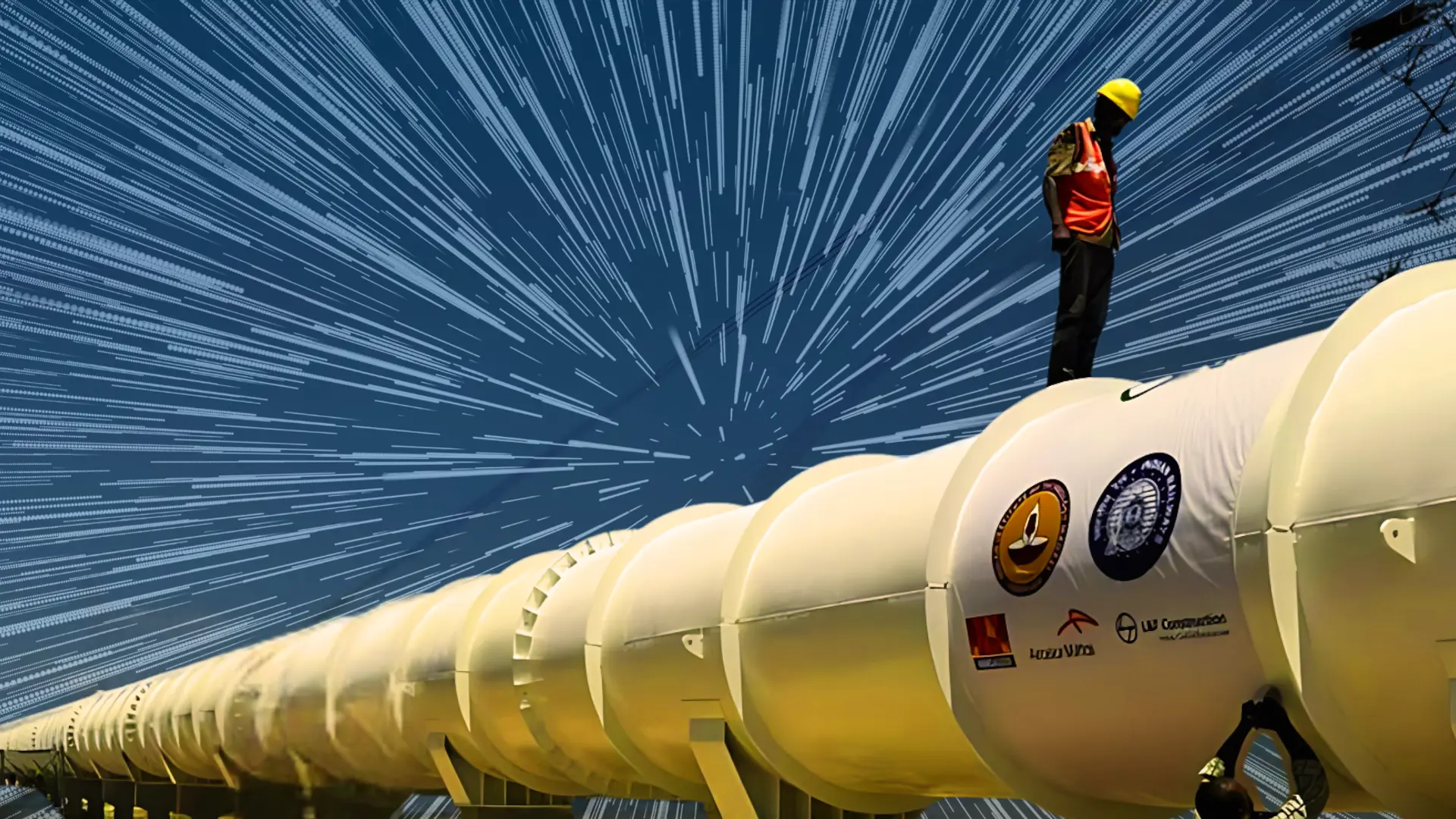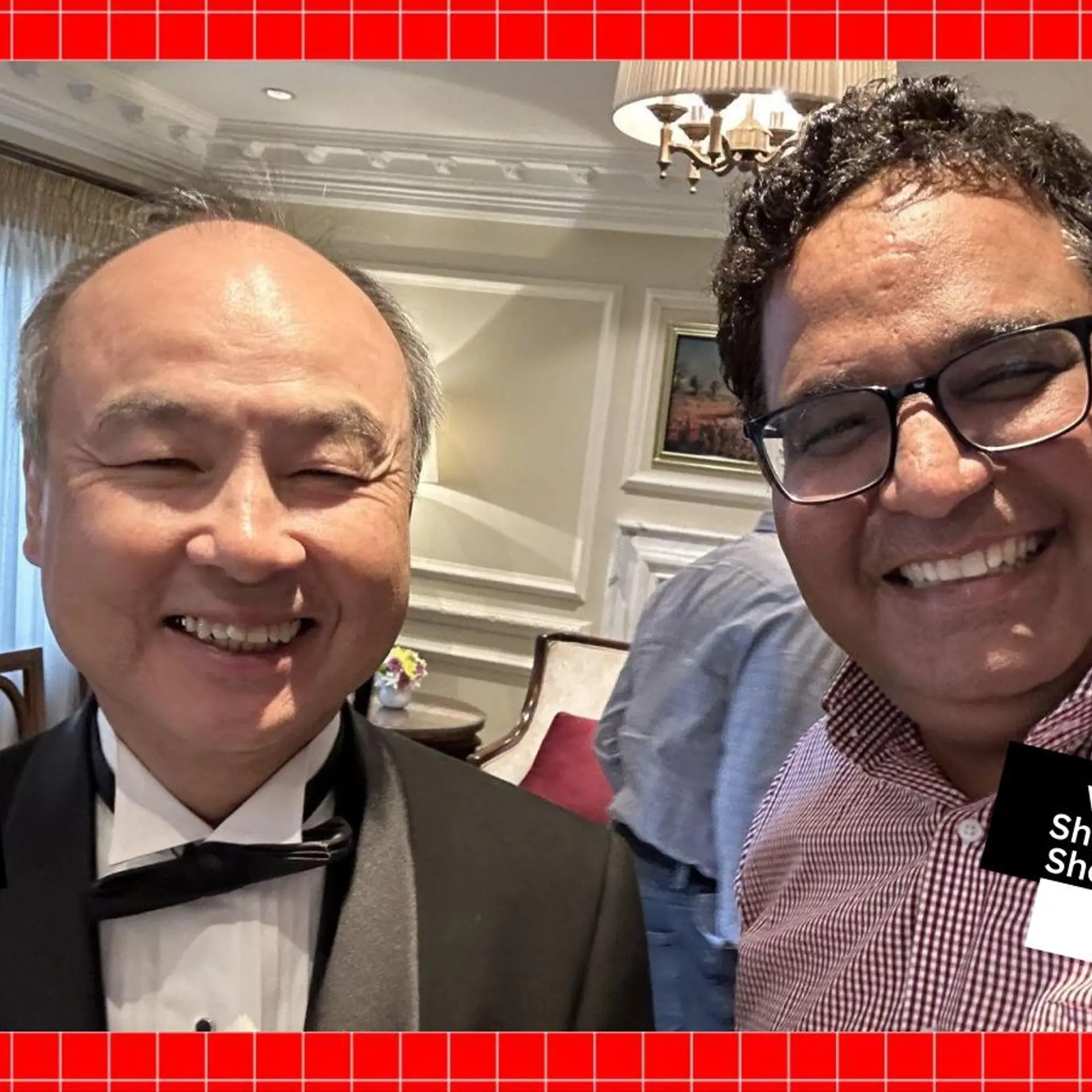Why are some entrepreneurs more successful than others who work equally hard? Sidu Ponappa explains the theory of luck
“What we all want out of life is to be lucky. But not everyone gets to retire before 50, or build a unicorn, or be healthy and happy. The underlying desire we all have is to keep getting lucky over and over again.”
1549944780481.jpg?fm=png&auto=format)
This was an observation made by Sidu Ponappa, whose company C42 Engineering was acquired by Go Jek Indonesia in 2015, during a talk focused on how to Get Lucky, at the recently held Future of Work in Bengaluru.
“Many talks tell you what you should go after or how you should go after them. But very few focus on the underlying philosophy that makes those rules sets possible,” said Sidu. In his talk, he outlined the broad characteristics of luck when it came to startups and successful entrepreneurs.
Sidu defined luck as rare, unlikely and improbable things which happen to very few people. He further categorised luck as linear luck, where the outcome is proportionate to the investment. He likened this kind of luck as the revenue of a services company, which is broadly proportionate to the amount invested. “This is why VCs don’t like investing in services companies. They are looking for companies that produce non-linear luck for them.”
Non-linear luck is akin to the revenue of a product company which is disproportionate to the investment. “In that sense, you can say that VCs are in the luck business, as they are looking to make unlikely things happen and make their money off those unlikely things.” He further elaborated by saying that non-linear is often scalable, as we want a lot for a little.
What makes some entrepreneurs more lucky than others?
Referencing the works of author Nicholas Taleb, who categorises luck as two different countries with fundamentally different laws -- Mediocristan or the land of linear luck and Extremistan, where non-linear luck prevails – Sidu took the audience through how luck can be interpreted in the entrepreneurial context.
Under Mediocristan, he included professions such as dentists, lawyers, accountants and business consultants. Extremistan professionals includes actors, stock market traders, politicians, programmers and entrepreneurs. The results of hard work are rarely in proportion to the amount of work put in. He illustrated this by asking a simple question, “How many mediocre musicians and actors do you know who are extremely successful?”
Elaborating on the attributes of these two, he explained, “In Mediocristan, success follows a bell curve and exhibits mild randomness. No single day makes or breaks the career of the people here, and the rewards are consistent. Extremistan follows a power curve where there is extreme randomness. One day, one deal, one movie or one chance meeting can completely change everything disproportionately.”
Extremistan lurks in large mathematically complex systems, like market, software, weather, namely things, which are too complex and chaotic to be meaningfully predicted.
But even in Extremistan, there are no set rules. A highly-successful entrepreneur is a multi-billionaire while an average successful entrepreneur is like a salaried person. The outcome is disproportionate.
‘There is no safe path to entrepreneurial success’
“Hard work pays off”. This paradox is at the heart of most career choices, said Sidu. Terming this the safe luck paradox, he mentioned how people have conflicting instincts. They want to stand out by being one of the lucky ones, yet they feel safer in crowd. They want predictability offered by Mediocristan’s professions, but expect the extreme scalability of Extremistan. “It doesn’t work that way. You have to pick one. There is no safe path to entrepreneurial success,” he said.
1549945000700.jpg?fm=png&auto=format)
“Startups are by definition Extremistan organisations: building the software is Extremeistan, the market you are doing it for is Extremistan. You are combining all these in the pursuit of scaling disproportionately.”
Describing one of the most challenging things to accept about Extremistan is the fact that what you don’t know far exceeds what you know. Was Bill Gates successful because he had access to a computer in school? Does that mean if you have access to a computer in school you will also be successful? “Survivor bias really muddies the water. You start reverse engineering, by wanting to emulate people who succeeded in Extremeistan. Survivor bias is when you look at someone successful and assume they are successful because they are capable, but it could just be that they are lucky continuously.”
The power of probability
While in Mediocristan, you pursue efficiency, Extremistan is probabilistic. Probability follows a power curve where the winner takes all. Iteration and the pursuit of information is the only sustainable path to mapping Extremistan. He explained how iteration is also synonymous with failure, you run an experiment, it fails, you extract information from it and run the next iteration.
“That’s why in Extremistan access to capital matters. Also, it’s important to remember that here the market makes you. You don’t make the market. Your capability is far less relevant than your picking the right conducive market.”
He explained how it was important to understand what worked in a particular scenario and reverse engineer it even if you don’t like doing it, as the number of things that work in Extremistan are very few. For example, even if you don’t like networking as an entrepreneur, it works in most cases, so you should respect it.
Taking risks is the only way to progress in Extremistan
“Sandboxes are rare in Extremistan and there is no such thing as a safe environment where you can experiment and try without paying a price. You acquire information by paying your dues, trying repeatedly and gambling. If you don’t lose your time or money, you do not gain information necessary to progress,” he said.
Sidu then warned about a very common trap in Extremistan, that of repeated failures introducing a negative bias and blocking one’s view of success. “Extremeistan is psychologically stressful since there are lots of decisions, high uncertainly and low information. You don’t know when success will happen. You become obsessed over failure and become negative about your own chance of success. So, even when opportunity for success comes, you have become so negative and cynical that you don’t see it.”
He concluded by saying that most of us do get lucky, but don’t realise it at that moment because of negativity. “So, while there is no magic formula or guarantee for success, what you can do is seek more information, understand this information, iterate and then hope for success.”
A big shout out to Future of Work 2019 sponsors – Deployment partner Harness.io, Super partner GO-JEK, our Women-in-Tech partner ThoughtWorks, Voice Tech partner Slang Labs, Technology partner Techl33t, AI/ML partner Agara Labs, API Partner Postman and Blockchain partner Koinex.



1549945000700.jpg?mode=crop&crop=faces&ar=2%3A1&format=auto&w=1920&q=75)




